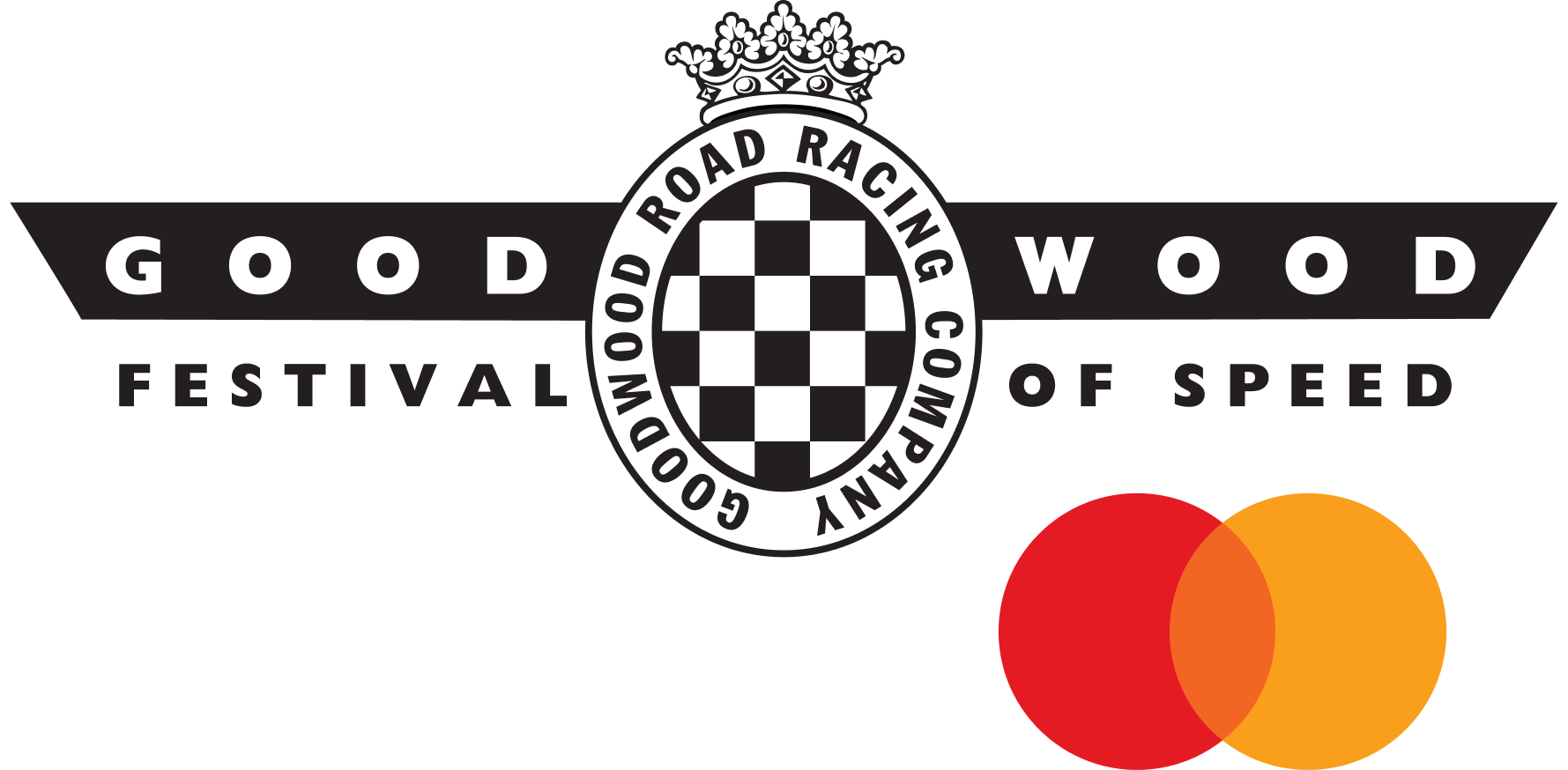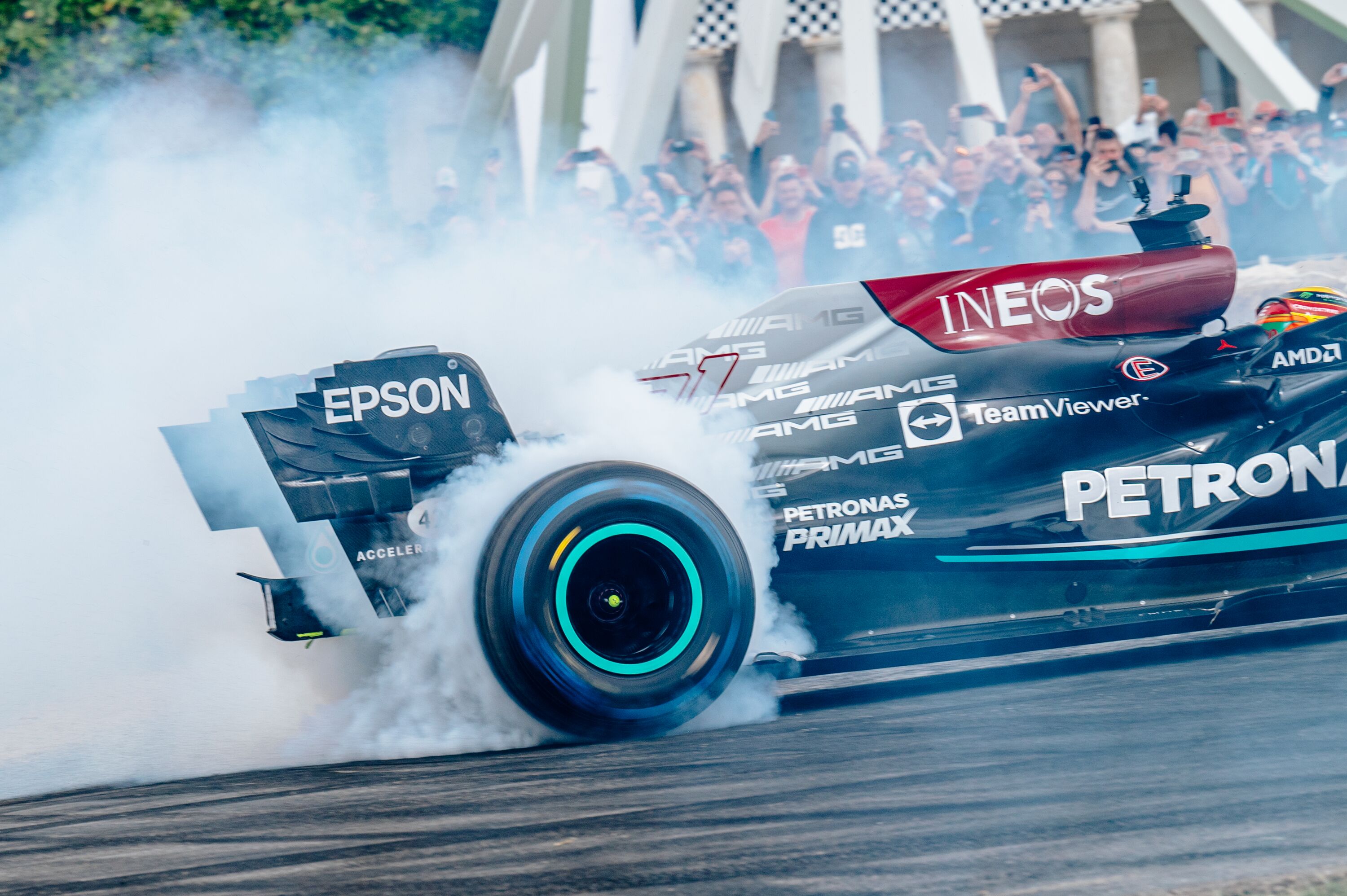Lotus 49 and Cosworth DFV: delight and drama in 1967
Ahead of 50th anniversary celebrations of the Lotus 49 and Cosworth DFV tie-up at the forthcoming Festival of Speed presented by Mastercard, we’ve charted the combination’s fluctuations in form, with Jim Clark and Graham Hill, during the second half of the 1967 Formula 1 season.

He had seen the car in photographs only and his designated chassis had yet to turn a wheel. This was to be a new beginning in every sense.
Two-time world champion Jim Clark was rediscovering life as a tax exile in Paris and Bermuda. Being forced to leave his beloved Borders had been a wrench. Initially. Now, however, he was warming to his new status and surroundings and there existed a subtle distance heretofore absent from his relationship with Lotus’ mercurial founder Colin Chapman. And although he was looking forward to the 3-litre Type 49, thrilled by its neat looks and harsh V8 sound, he was wary of it: twice as powerful, just as fragile.
He began cautiously in the first of three practice sessions at Holland’s Zandvoort on Friday June 2nd. While team-mate Graham Hill, who had conducted what little testing there’d been, fussed over pedal set-up, Clark drove chassis 49/R2 as it had arrived. New gearbox fitted during lunch – the ZF unit was incapable of quick changes of ratio – he improved in the second session, from eighth to fifth, two-tenths faster than Hill.
But something didn’t feel right: a shimmy that he might have shrugged off in the days of 1.5-litre Formula 1. But not today. Nor tomorrow. Problem undetected, it recurred on Saturday afternoon and he refused to go out until it had been discovered – a collapsed ball-race had split the right-rear hub carrier – and rectified. Much delayed, therefore, he would start from the outside of the third row. Handily, his sensitivity was matched by his speed.

And Hill, fastest on both days, had proved the speed of the new Lotus and its Cosworth DFV. He had seen off Dan Gurney’s new lightweight Eagle-Weslake V12 and reigning champion Jack Brabham, whose 1965 ‘Old Nail’ chassis was fitted with the latest Repco V8. In-house BRM’s new ‘lightweight’ H16, meanwhile, was discouragingly slow. According to its disaffected driver Jackie Stewart, “it carried more fuel, oil and water than the Queen Mary.” The Lotus-Cosworth synthesis, in contrast, had paid fanatical attention to saving weight, improving mpg and reducing tyre wear. Theirs was the whole package, albeit as yet unproven over a Grand Prix distance and hampered by a jagged power delivery that caused Clark and Hill several pauses for reflection. And with neither a spare 49 nor spare DFV on site, Team Lotus was treading a fine line. Ford of Britain’s Walter Hayes and Harley Copp, fundamental to Ford’s £100,000 investment in DFV, felt it wise to keep a low profile.
Sure enough, Hill burst into the lead and held it at 2 seconds until his engine failed on lap 11. He coasted – pushing the last few yards – into the pits, where he gave DFV’s designer Keith Duckworth a consoling hug. It had been good while it lasted. Clark’s caution, meanwhile, had continued, his car featuring different springs and unscrubbed Firestones at the rear. His usual MO was to make a clean break and leave the chaos to others. Today, however, was different (although some observers had him almost level with the second row when the flag dropped). This time, car and race would come to him.
Gurney had retired because of fuel injection bother by the time Clark began his move, passing Jochen Rindt’s Cooper-Maserati for second place on lap 15. On the next lap, he passed Brabham for the lead and was never headed thereafter. As was his wont, he made it look easy. In fact, he was coping with tricky brakes and a dicky clutch – plus there was an “obtrusive ticking noise” emanating from behind his patriotic dark blue helmet-with-white peak. Wondering what had caused Hill’s retirement, he was doing just enough yet still pulling away. Clark was renowned for being easy on equipment.
Hill’s retirement had been caused by the loss of teeth from the timing gear. Luckily for Clark, his missing teeth were not consecutive and drive was maintained, albeit perilously. By the time Duckworth heard this ‘death rattle’, it was too late: Clark had won by 24 seconds, and Hayes and Copp were clinking celebratory bottles of beer on the return to their private plane. They were rightly delighted but didn’t want to go overboard. The reality of motorsport, they knew, is that it bites back.

And lo, it came to pass. Clark lost the lead of the Belgian GP at Spa when a spark plug – the only Ford part, according to the mischievous; over-tightened by Lotus, according to Autolite – jettisoned its core; Hill had been delayed when he cooked the starter motor and was swiftly eliminated by clutch failure. And both retired in France because of transmission woes: the gearbox’s slab-sided casing was too weak.
The rot stopped long enough for Clark to win at Silverstone before the bumps of the Nürburgring highlighted weaknesses in 49’s suspension; a change in ride height because of a slow puncture not helping Clark’s cause. Not until the end of the season was speed melded to reliability. And only just even then. Clark would have won the Italian GP at Monza – a brilliant recovery drive following a rear puncture – had he not been short-changed on fuel. But he did win at Watkins Glen – though his rear suspension was leaning drunkenly due to a broken weld – and in Mexico City.
Hill’s luck remained miserable throughout. Though he also led in France, Britain (in a bitsa built overnight after a crash in practice), Italy, America and Mexico, his best result was a second place at Watkins Glen. It had been decided beforehand that he should win that race (from pole), but yet more clutch problems forced him to wave through his team-mate.
Lotus 49 and Cosworth DFV was a brilliant combination in need of further development. But nobody could have predicted that the former would still be winning in 1970, having sprouted wings, or that the latter would score its final GP victory – its 155th – in 1983. In Detroit. A staggering return on £100,000 – plus approx £6500 per 49.
Photography courtesy of LAT Images
cosworth
DFV
Lotus
49
jim clark































































